Bob and Rob’s Confidence Check
Bob and Rob are back at it again. Bob, the project manager, and Rob, the Agile coach, are preparing for an important meeting with their development team, the functional managers, system architects, and product owners. Bob is feeling pretty confident about the team’s performance. “We’re one of the best teams around,” he says with pride. “We always hit our sprint goals, and I’m sure the other teams aren’t nearly as productive.”
Rob, always the more thoughtful one, raises an eyebrow. “Are we really that much better than the others? Or are we falling into the Lake Wobegon Effect?”
Bob, puzzled, asks, “What’s that?”
Rob explains that the Lake Wobegon Effect is a cognitive bias where people tend to overestimate their abilities, thinking they’re above average, even when it’s statistically unlikely. This can lead to overconfidence, complacency, and unrealistic assessments of performance.
Curious, Bob realizes that this bias might be influencing how they perceive their own productivity. Together, they decide to take a closer look at how the Lake Wobegon Effect might be affecting the entire Agile team’s work with functional managers, system architects, and product owners.
Understanding the Lake Wobegon Effect
The Lake Wobegon Effect, named after the fictional town of Lake Wobegon where “all the children are above average,” describes the tendency for people to overestimate their skills and abilities compared to others. It’s a self-enhancing bias, often arising from a need to maintain a positive self-image or a lack of objective feedback.
In Agile teams, this bias can manifest in several ways:
Overconfidence in Skills: Team members may believe they are more skilled or productive than they truly are, which can lead to a failure to seek feedback or learn from mistakes.
Complacency: Believing that you are already performing at an above-average level can reduce the drive for continuous improvement, a core principle of Agile.
Unrealistic Assessments: Teams might overestimate their velocity or underestimate the complexity of tasks, leading to unrealistic timelines or commitments.
When working with functional managers, system architects, and product owners, this bias can be particularly detrimental. If the development team overestimates their abilities or underestimates challenges, it can strain relationships and reduce collaboration.
How Agile Teams Can Benefit from Recognizing the Lake Wobegon Effect?
By acknowledging and mitigating the Lake Wobegon Effect, Agile teams can become more productive, open to collaboration, and realistic in their planning and execution. Here’s how:
- Foster a Culture of Honest Feedback: Teams should regularly solicit and give constructive feedback, especially from functional managers and product owners. Create an environment where feedback is not seen as a threat but as a tool for growth. Functional managers and system architects can offer valuable perspectives on whether the team’s assessments of their own skills are realistic.
- Emphasize Data-Driven Performance Metrics: Use objective metrics like velocity, defect rates, or code quality to evaluate team performance rather than relying on gut feelings. These metrics provide a more accurate picture of where the team stands, helping to avoid overestimation. Share these data points transparently with product owners and system architects to maintain alignment.
- Regular Retrospectives for Self-Assessment: Agile retrospectives should be a time for teams to reflect critically on their performance, especially in relation to other teams or industry benchmarks. Encourage team members to ask questions like, “What could we be doing better?” or “How can we improve our collaboration with functional managers and system architects?”
- Encourage Continuous Learning and Humility: Promote a mindset of continuous improvement by encouraging learning and development opportunities. Functional managers and system architects can help identify skills gaps that the team might overlook due to overconfidence. Teams should see themselves as constantly evolving rather than already being “above average.”
- Collaboration with Product Owners: Product owners often have a broader view of project progress and team performance. Their feedback on whether the team’s goals are aligned with business objectives is crucial. If the team believes they are outperforming expectations without consulting the product owner, they might miss critical adjustments to the roadmap.
- Recognize Individual Contributions: The Lake Wobegon Effect can also extend to individuals overestimating their personal contributions to the team’s success. Agile teams thrive on collaboration, so it’s essential to recognize that productivity is a group effort. Regularly celebrate the contributions of all team members, including functional managers and system architects who provide essential support.
Conclusion
The Lake Wobegon Effect can lead Agile teams into the trap of overconfidence, causing friction with functional managers, system architects, and product owners. By recognizing this bias, teams can foster a culture of continuous improvement, realistic self-assessment, and better collaboration, ultimately leading to greater productivity and project success.
Stay tuned for more insights on how cognitive biases influence team dynamics and productivity!





